Ethiopia Land and Water
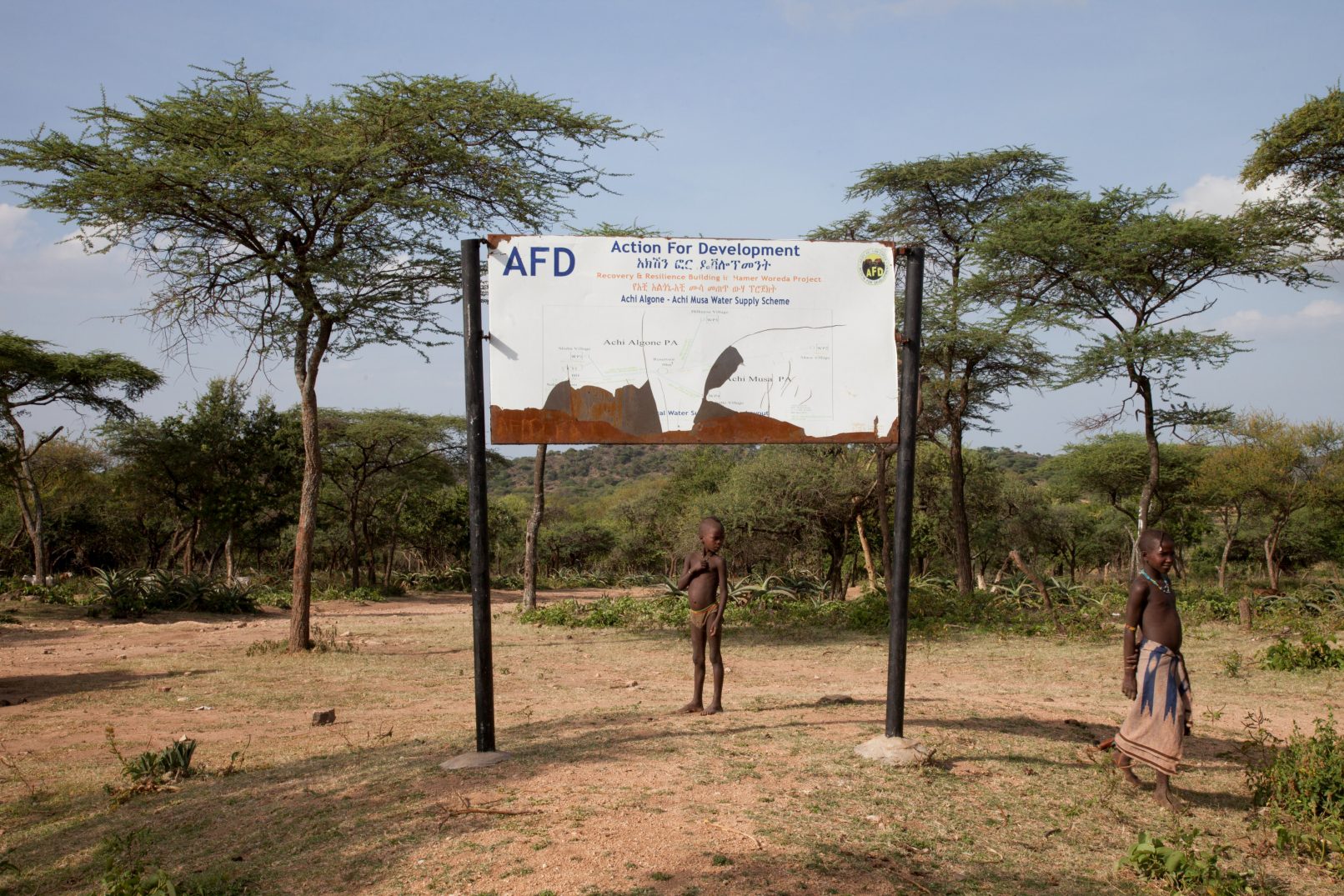
Alchi Algone water supply scheme, Hamer woreda. A solar driven water pumping system pumps water from a large borehole in Korelle village to the top of a hill from where it is redistributed across four villages. It provides plentiful water in daylight for families and their livestock. It was funded through the DEC as part of the East Africa food crisis appeal.
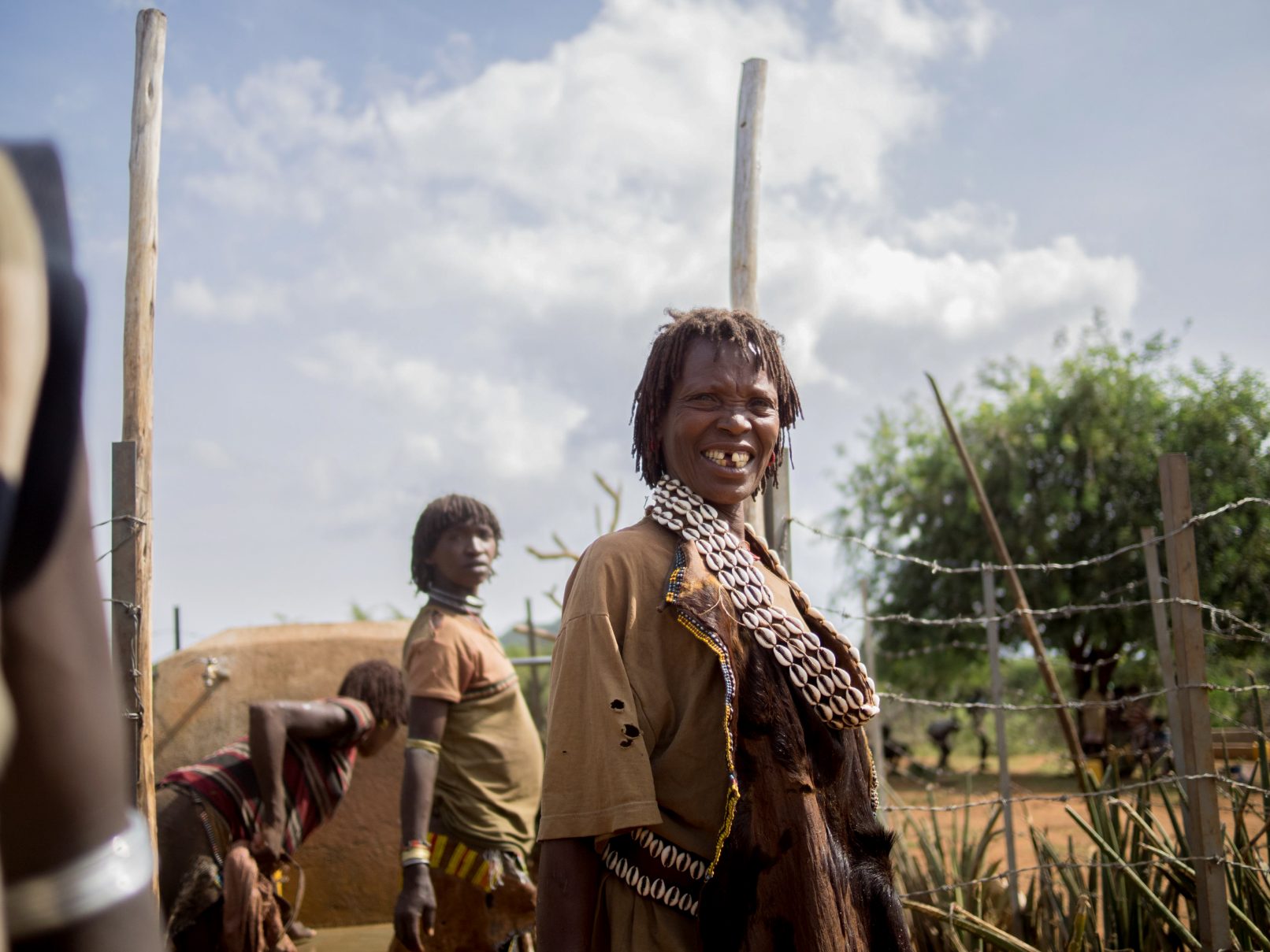
Alchi Algone water supply scheme, Hamer woreda. A solar driven water pumping system pumps water from a large borehole in Korelle village to the top of a hill from where it is redistributed across four villages. It provides plentiful water in daylight for families and their livestock.

Alchi Algone water supply scheme, Hamer woreda. A solar driven water pumping system pumps water from a large borehole in Korelle village to the top of a hill from where it is redistributed across four villages. It provides plentiful water in daylight for families and their livestock
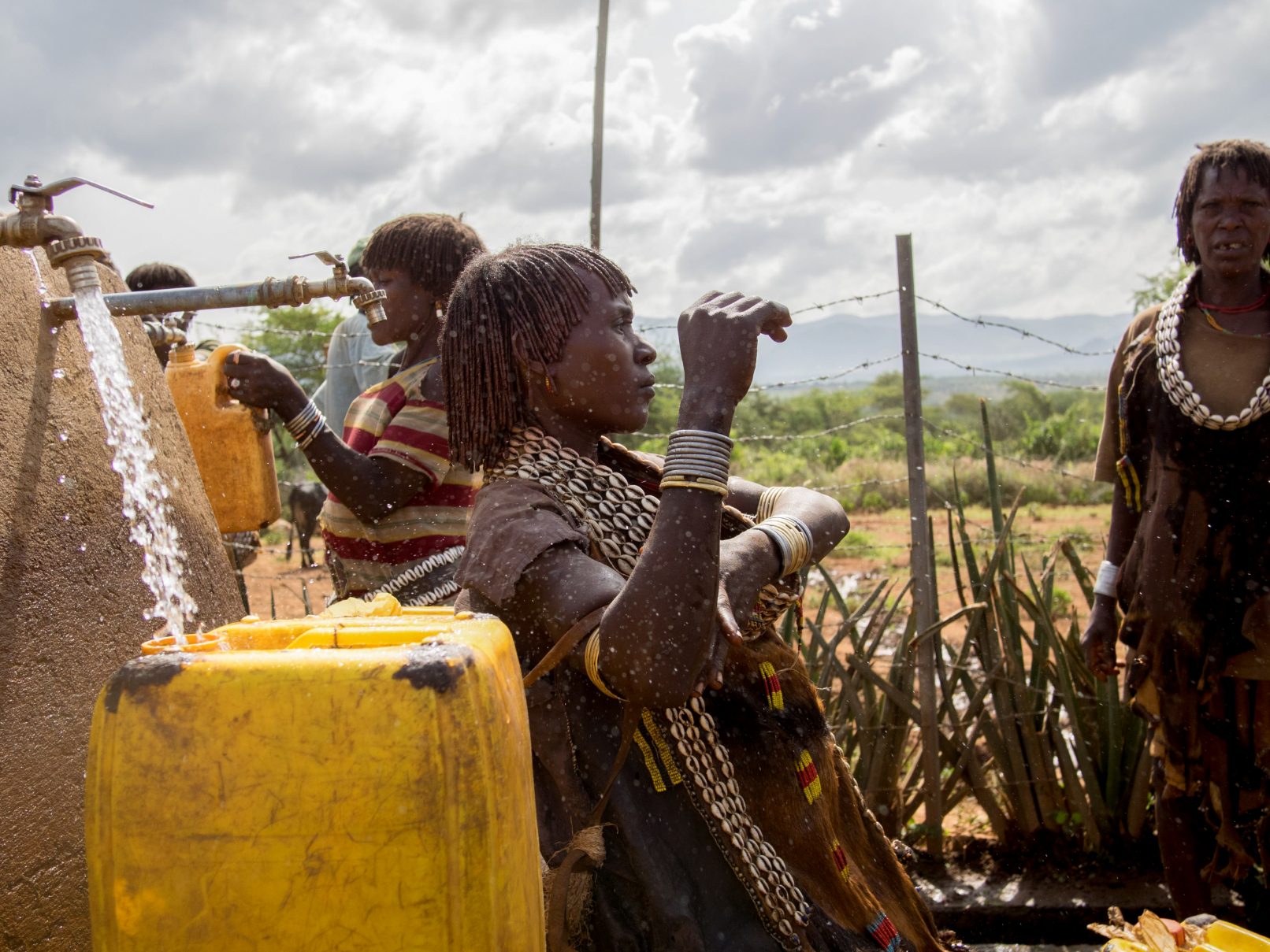
Ayilu Ayuki is a mother of three. She is pregnant and fetches water from Achi-Algone solar energy water scheme. She says it eases the burden for her now as she has more time to look after the kids and do household chores as the water point is walking distance from her home.

Ayilu is a mother of three. She is pregnant and fetches water from Achi-Algone solar energy water scheme. She says it eases the burden for her now as she has more time to look after the kids and do household chores as the water point is walking distance from her home.
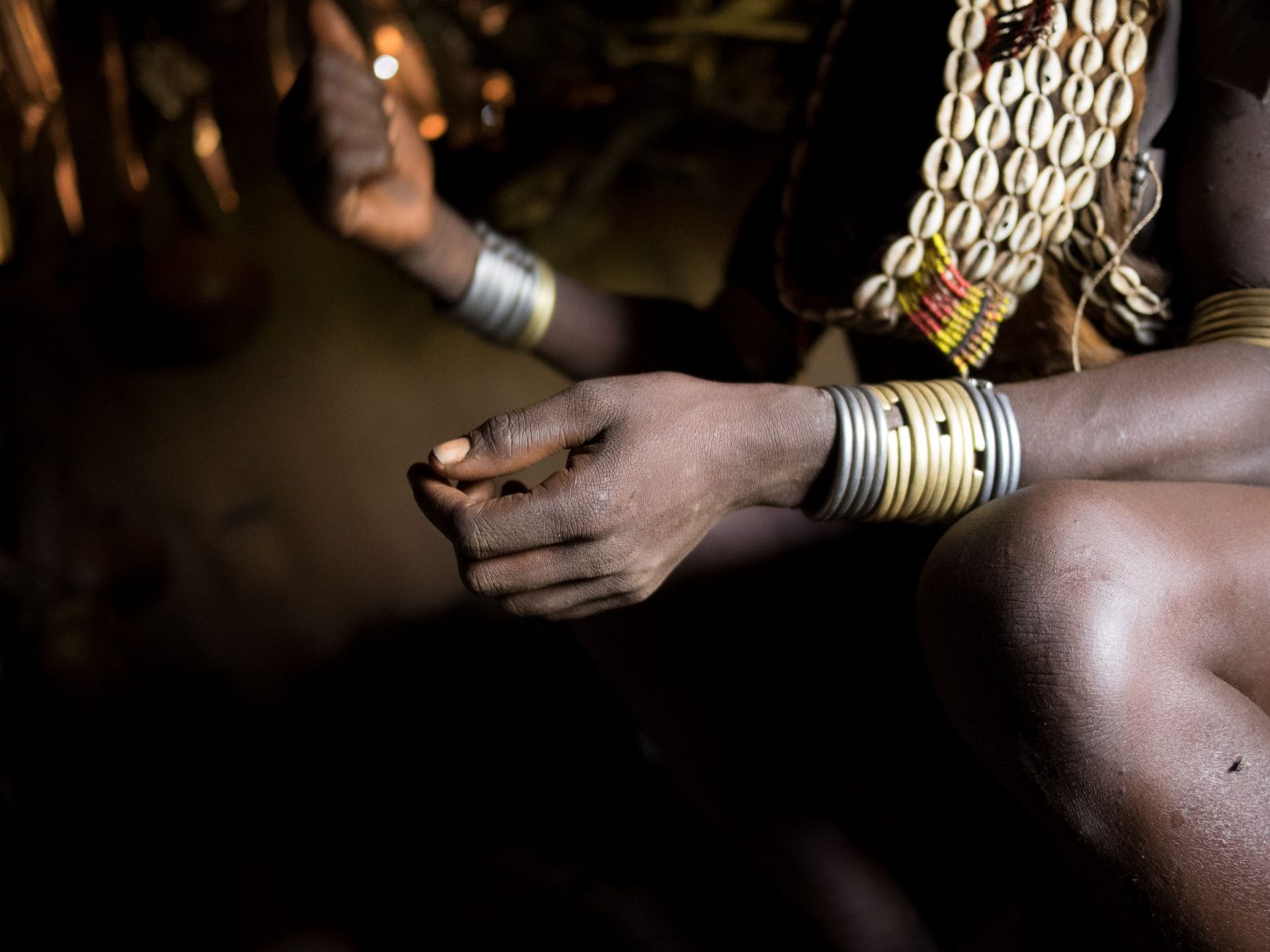
Ayilu Ayuki from the Hamer community. The bangles on her wrist represent the numbers of livestock she has been given by her husband (for example when she gives birth to a child).
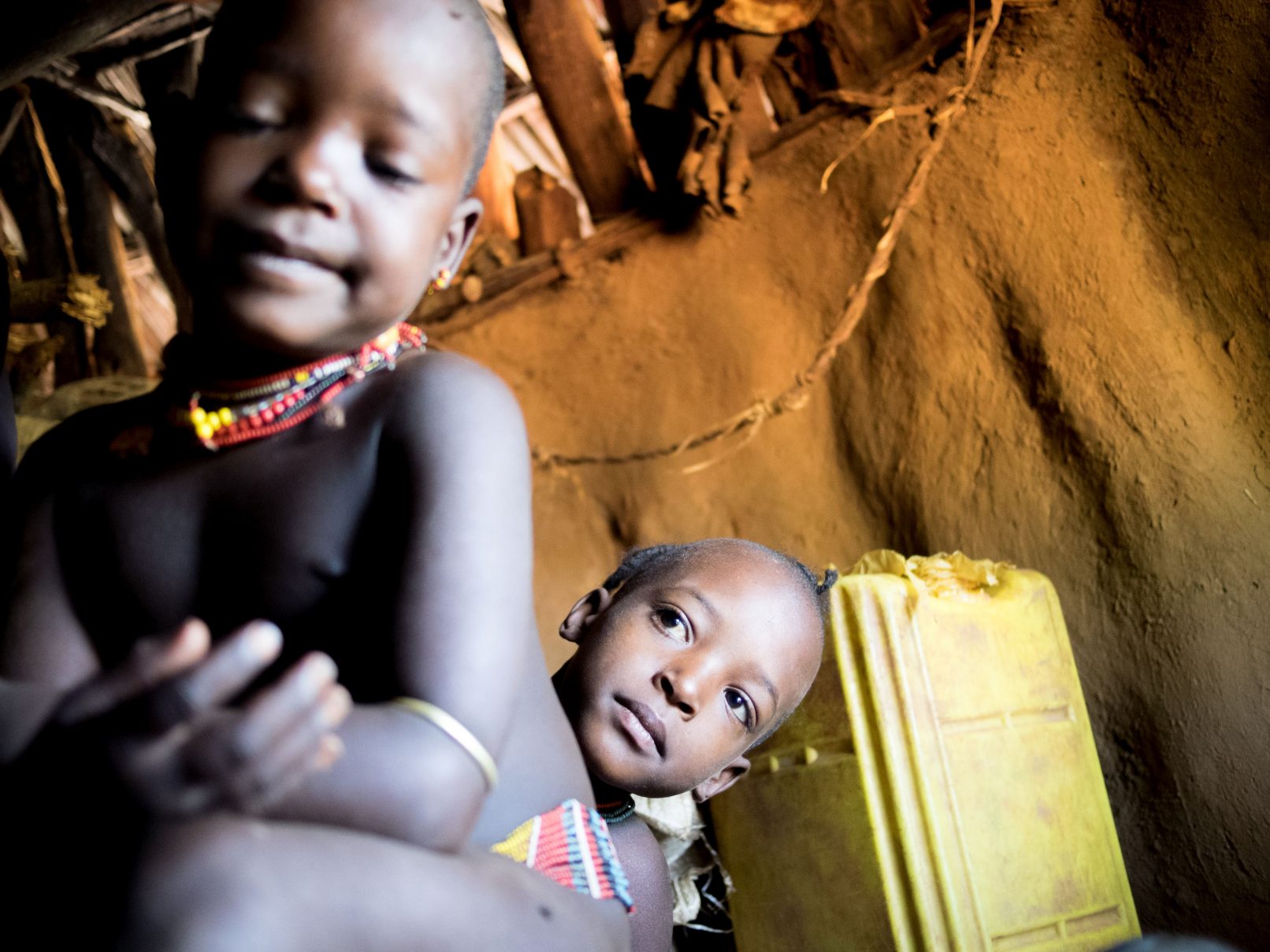
Ayilu Ayuki's children in Hamer woreda. Children are among nearly 2000 people whio are benfiting from the Achi Algone pump. Ailu wana, a women's leaders in the water committee says, "Before we (women) had to travel far to Wazo to fetch water every day. We never had enough. We didnt have water for our children, for drinking, or even to wash out hands. When we had water we mainly used water for coffee, preparing food and for drinking only. Because we didnt have enough water, we had a lot of diseases human and livestock ultimately death. No water, no life.
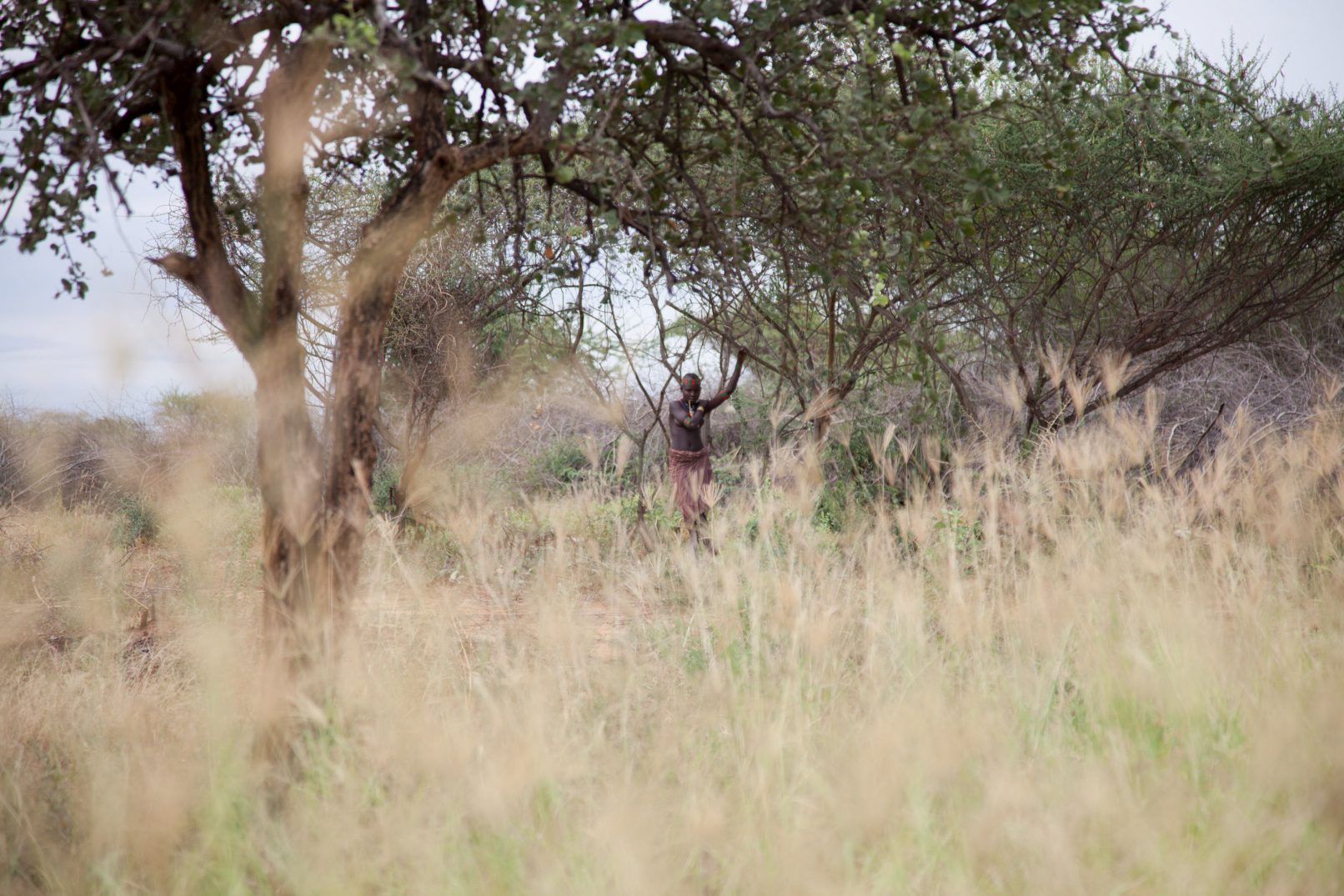
A pasture enclosure where pastoralists are growing drought tolerant strains of grass which they use to fatten their livestock. The plot is 10 hectares and is a pilot plot for pastoralists to learn about growing improved grass seeds. This is a new practice for pastoralists who in the past just roamed the rangelands grazing their cattle whereevre there was grass available. "The field is like a bank for us," say the pastoralists.
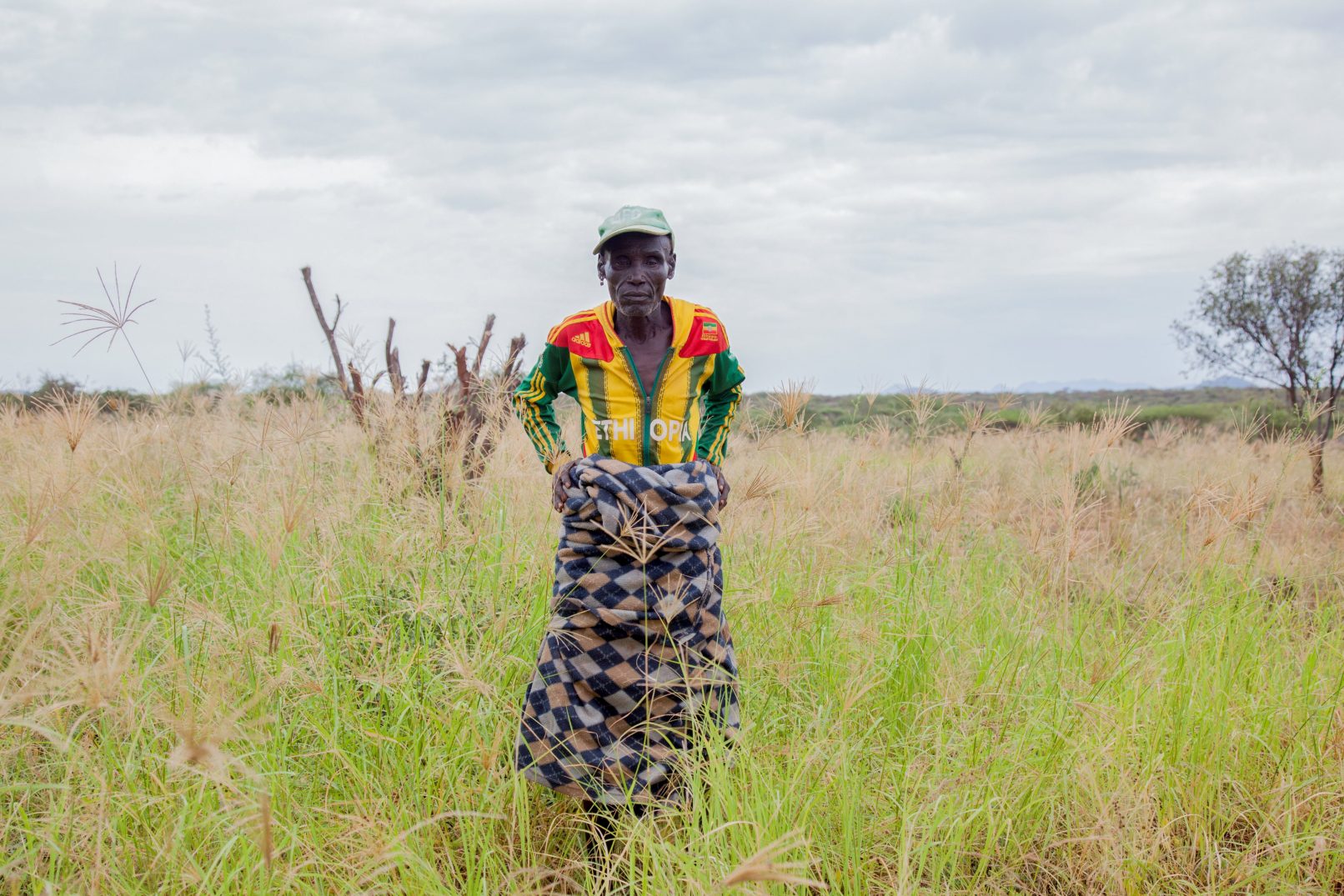
Aska Gone is an elder pastoralistwho has benefited from new rangeland management methods of pasture enclosure introduced by AFD. He says that now they are not afraid of drought because they have enough to feed their cattle.
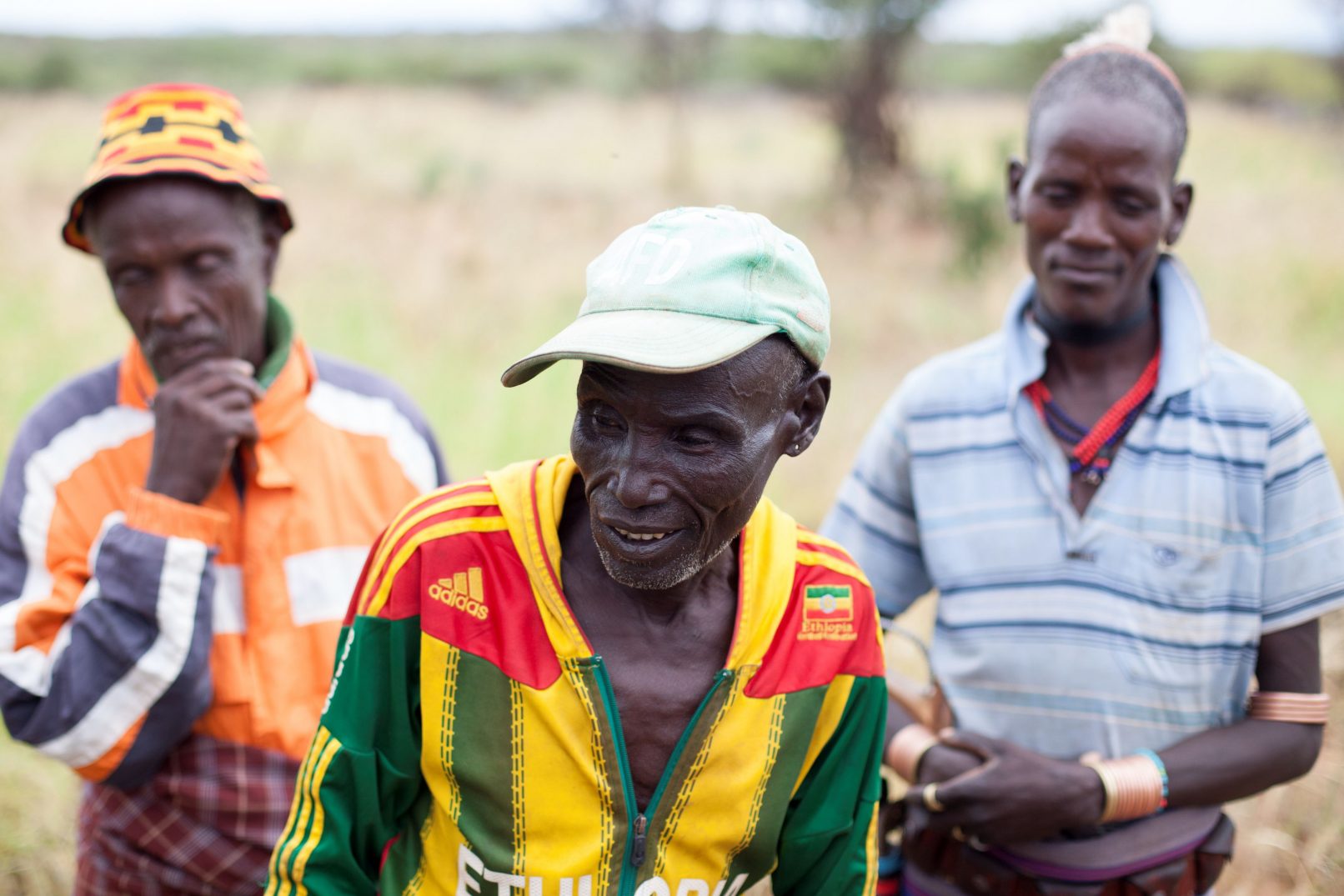
Kala Mena, Aska Gone, Kala Arbela (from left to right) are pastoralists who have benefited from rangeland management approaches introduced by AFD. They say that now they are not afraid of drought because they have enough to feed their cattle.
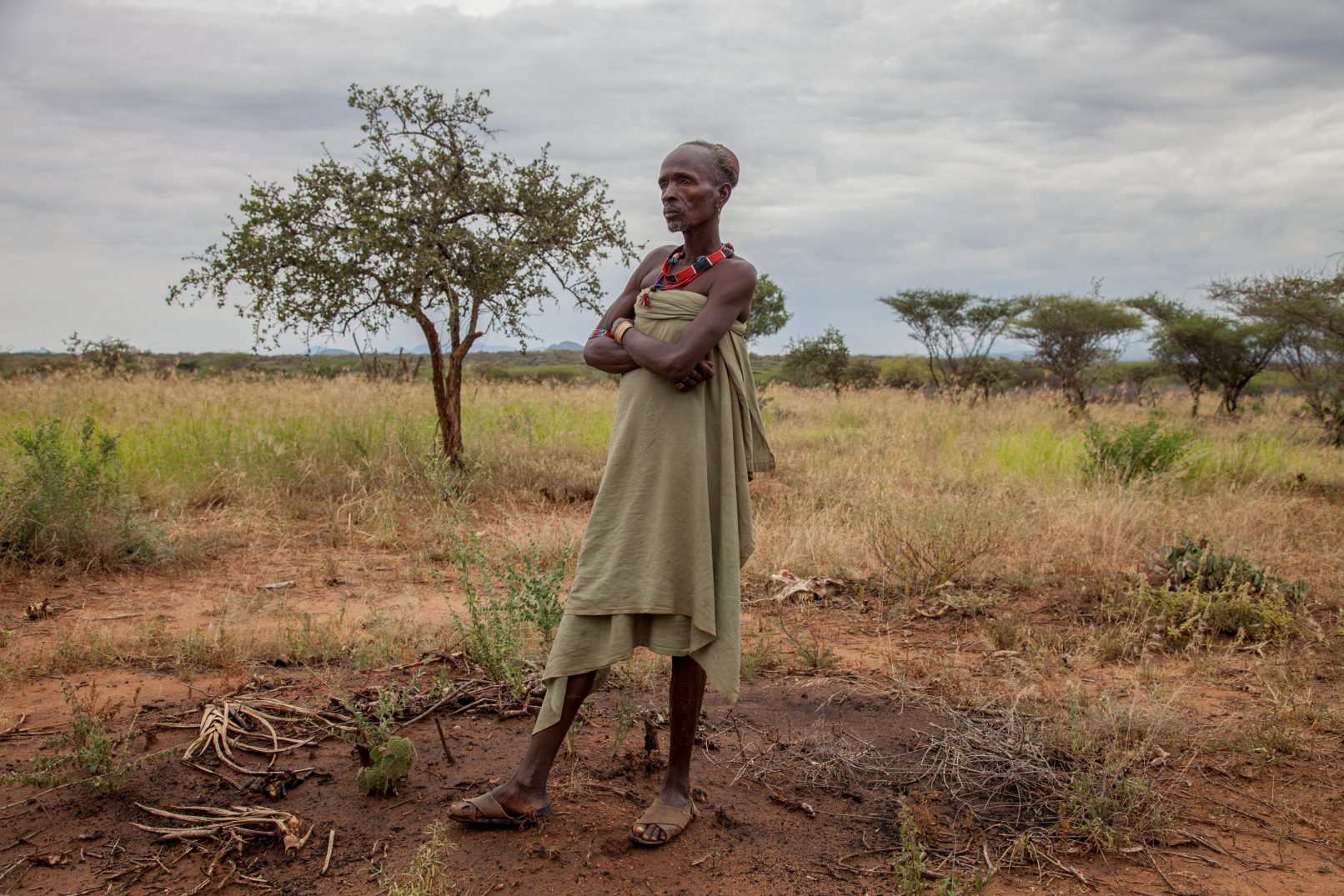
Munge Gile is a pastoralist from the Hamer community in South Omo. He and his fellow pastoralists learned how to improve grazing by enclosing 10 hectares of land. They grow new strains of grass seeds and harvets the grass for fodder and for roofing on their homes.
The pastoralists said that some years ago the pastures disappeared due to lack of rainfall and overgrazing, so they sent their cows to the national parks to feed where they ended up in conflict with other tribes.
Now they use the grass during dry seasons and drought by harvesting it and putting in a fodder bank.
The pastoralists said that some years ago the pastures disappeared due to lack of rainfall and overgrazing, so they sent their cows to the national parks to feed where they ended up in conflict with other tribes.
Now they use the grass during dry seasons and drought by harvesting it and putting in a fodder bank.
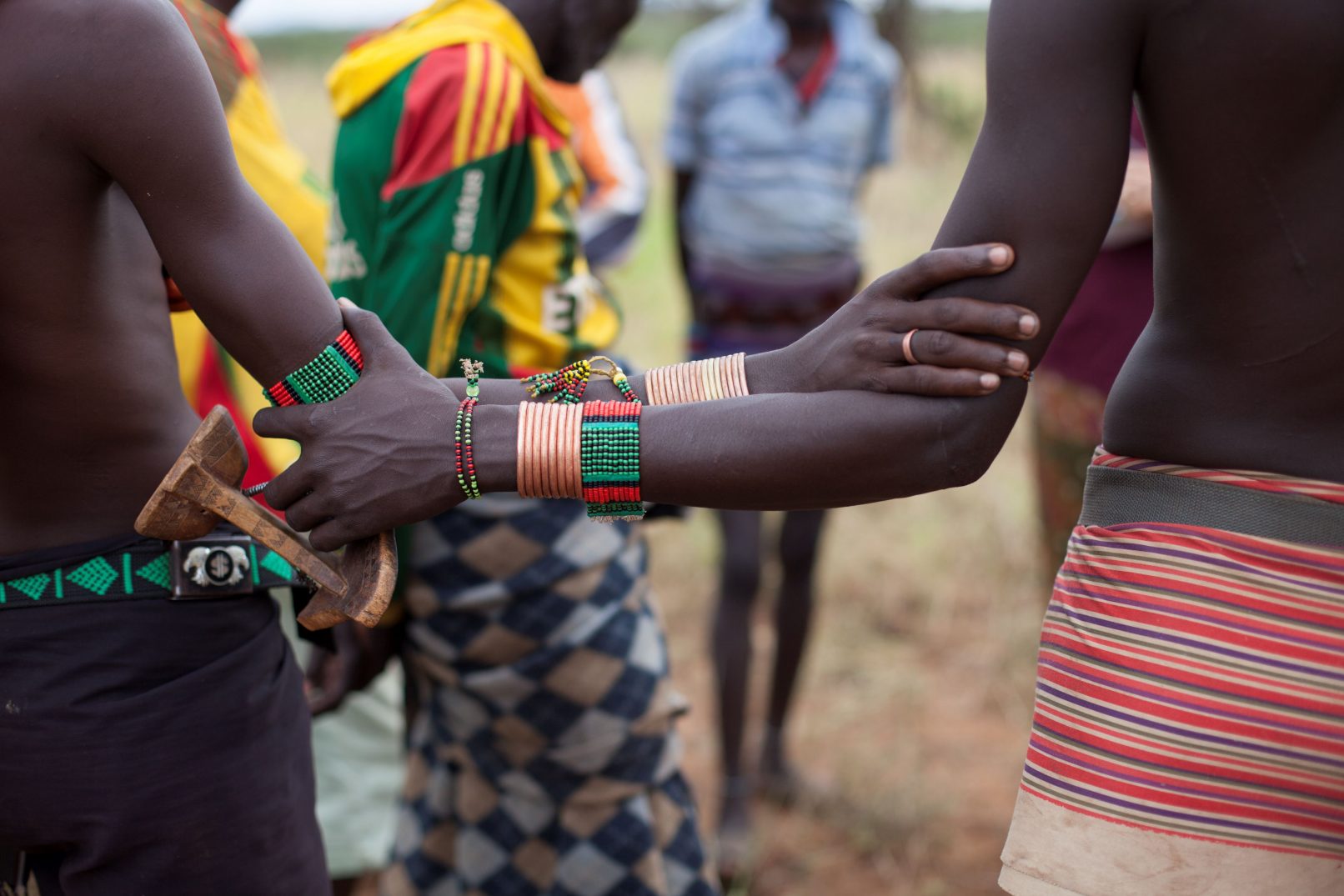
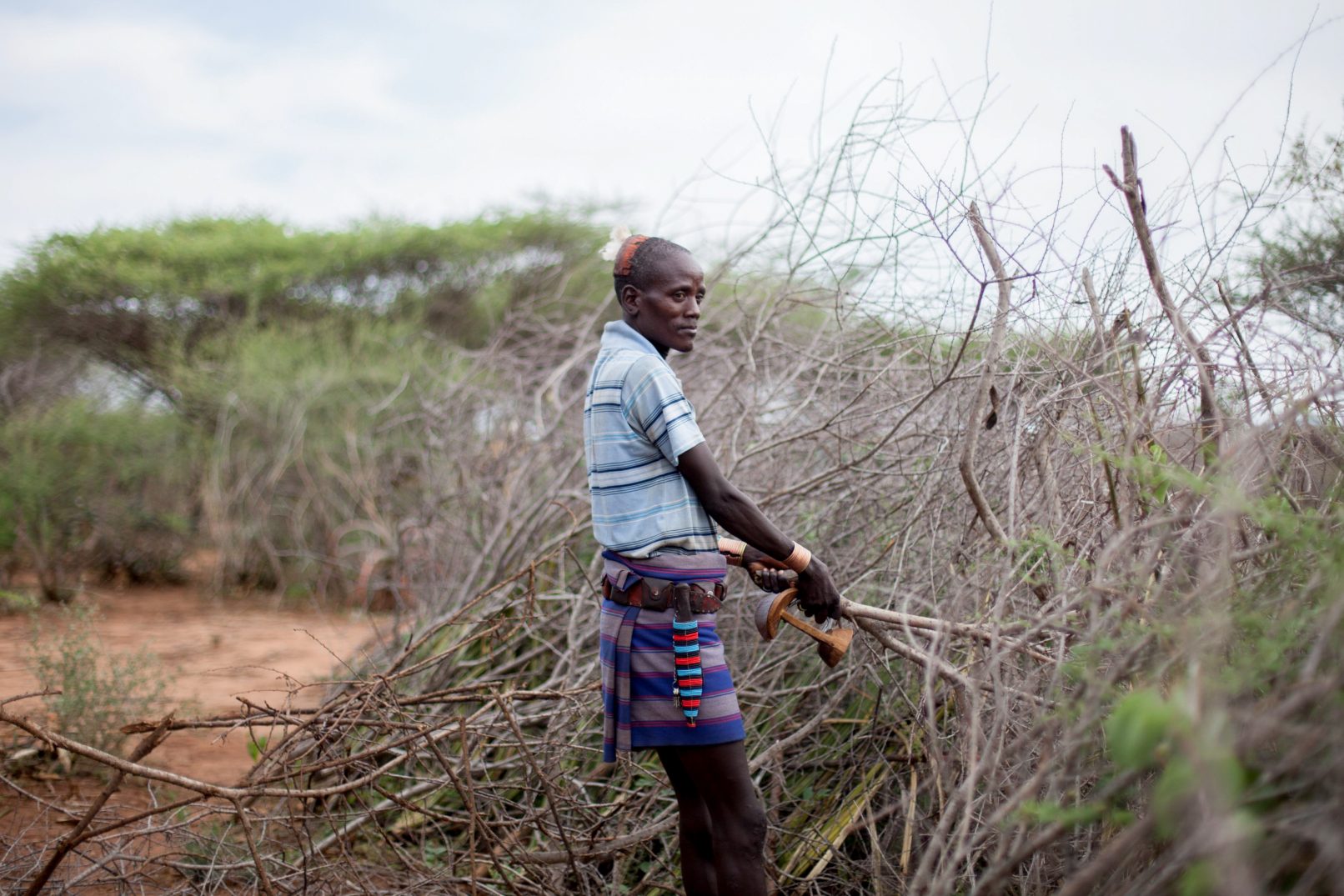
Kala Arebele, a young pastoralist from the Hamer community in South Omo, demonstrates how they create fences to enclose pasture plots in order to keep cattle out while they are growing new grass.
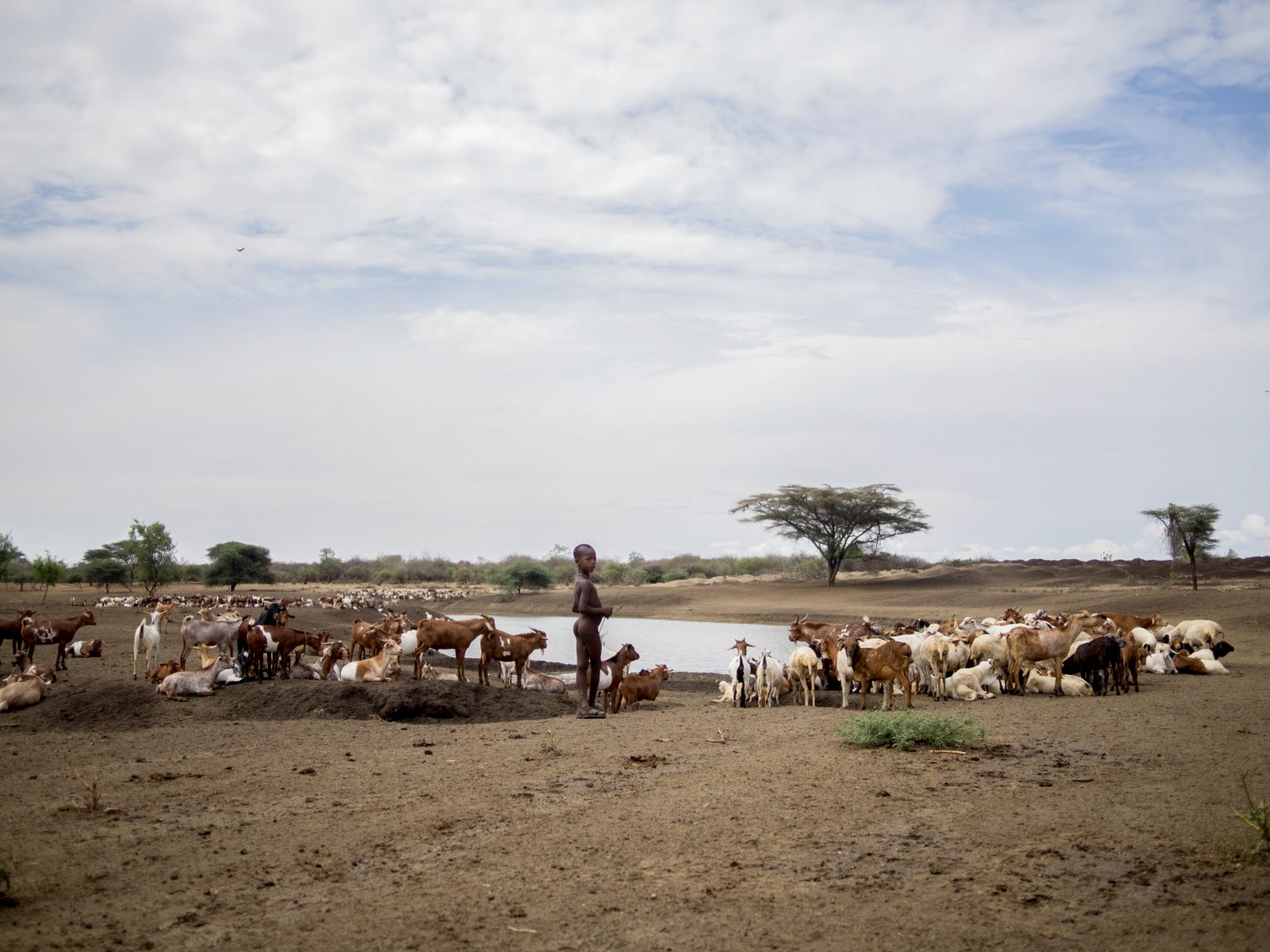
Kizu pond, water pan management scheme in the Hamer woreda. To tackle frequent drought and water shortages, this a 27 million litre (27,000m3), 10 m deep lake was built. The Hamer people keep a combination of home-based livestock and mobile herds. The pastoral land in the Hamer is used by all Hamers, although the new Kizu pond was mainly built to supply water to herds from eight villages 46,000 head of cattle. However, any other Hamer people can come and use it too. Before they sent their cows top drink from the Omo river 35 kms away.
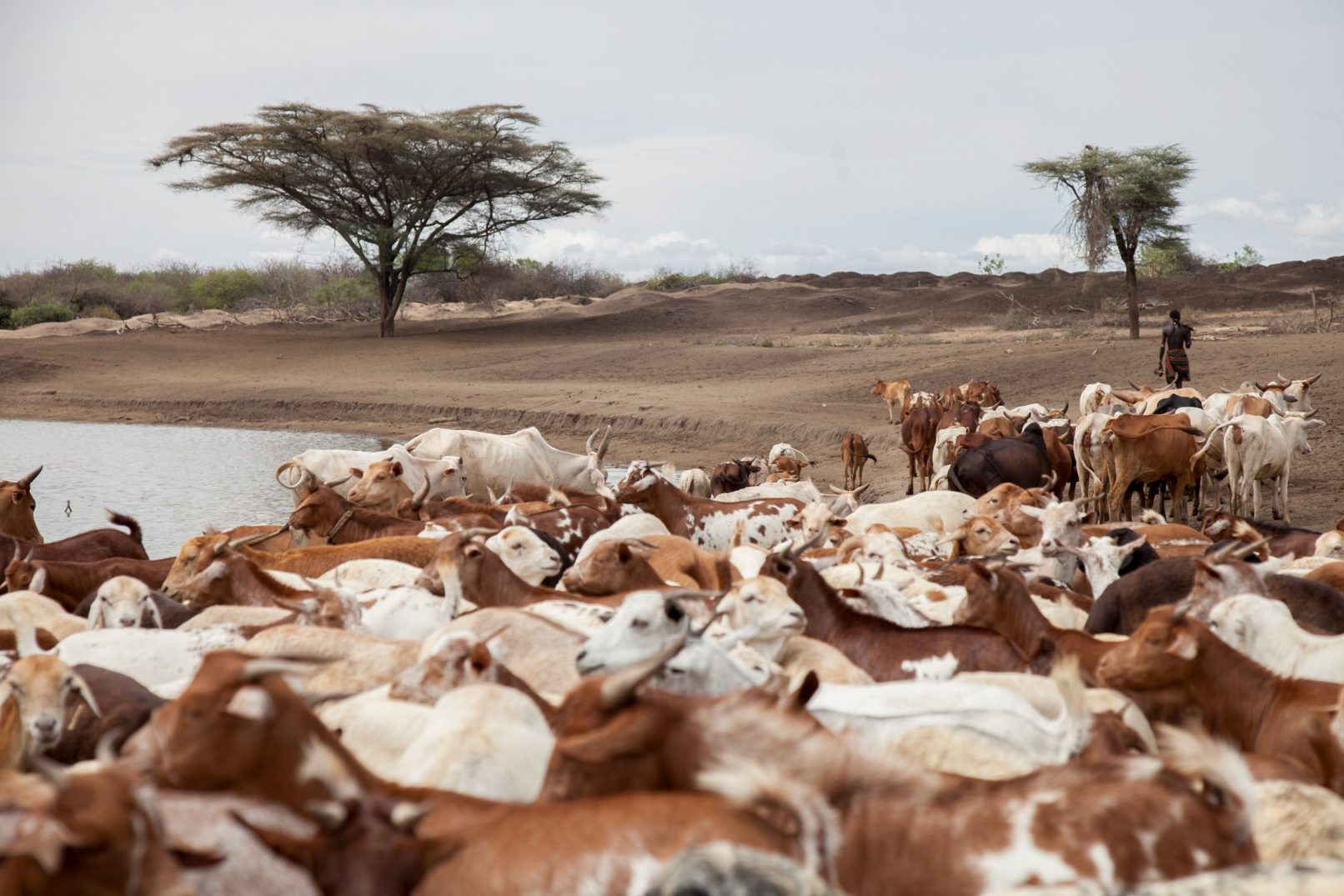
Kizu pond, water pan management scheme in the Hamer woreda.
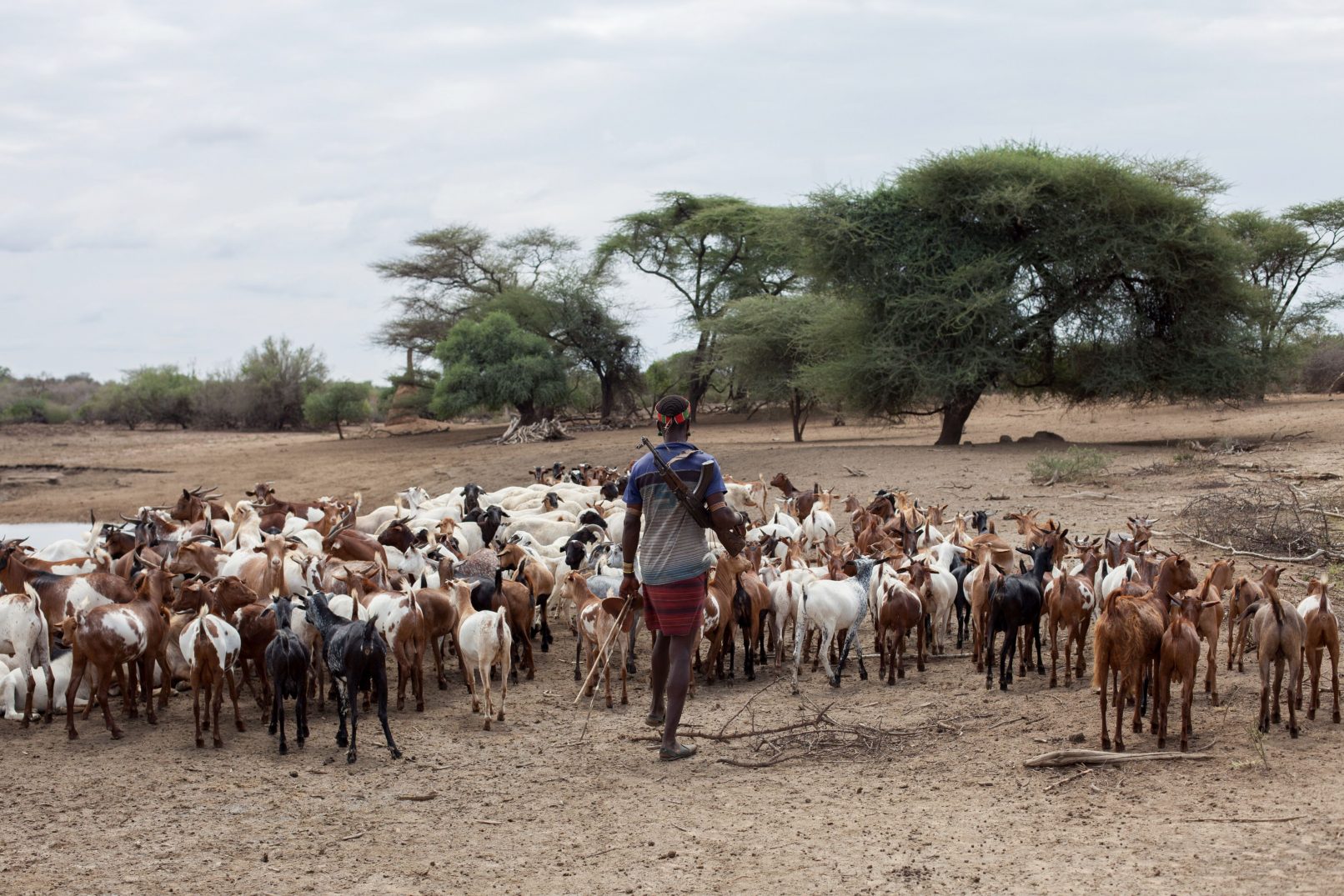
Kizu pond, water pan management scheme in the Hamer woreda.

The water cistern in Zelekata funded through the DEC appeal, has capacity for 250,000 litres which serves 674 people across two villages. It was built in August/September 2014. The rainwater is channelled through a silt filter so that only pure water flows into the tank.
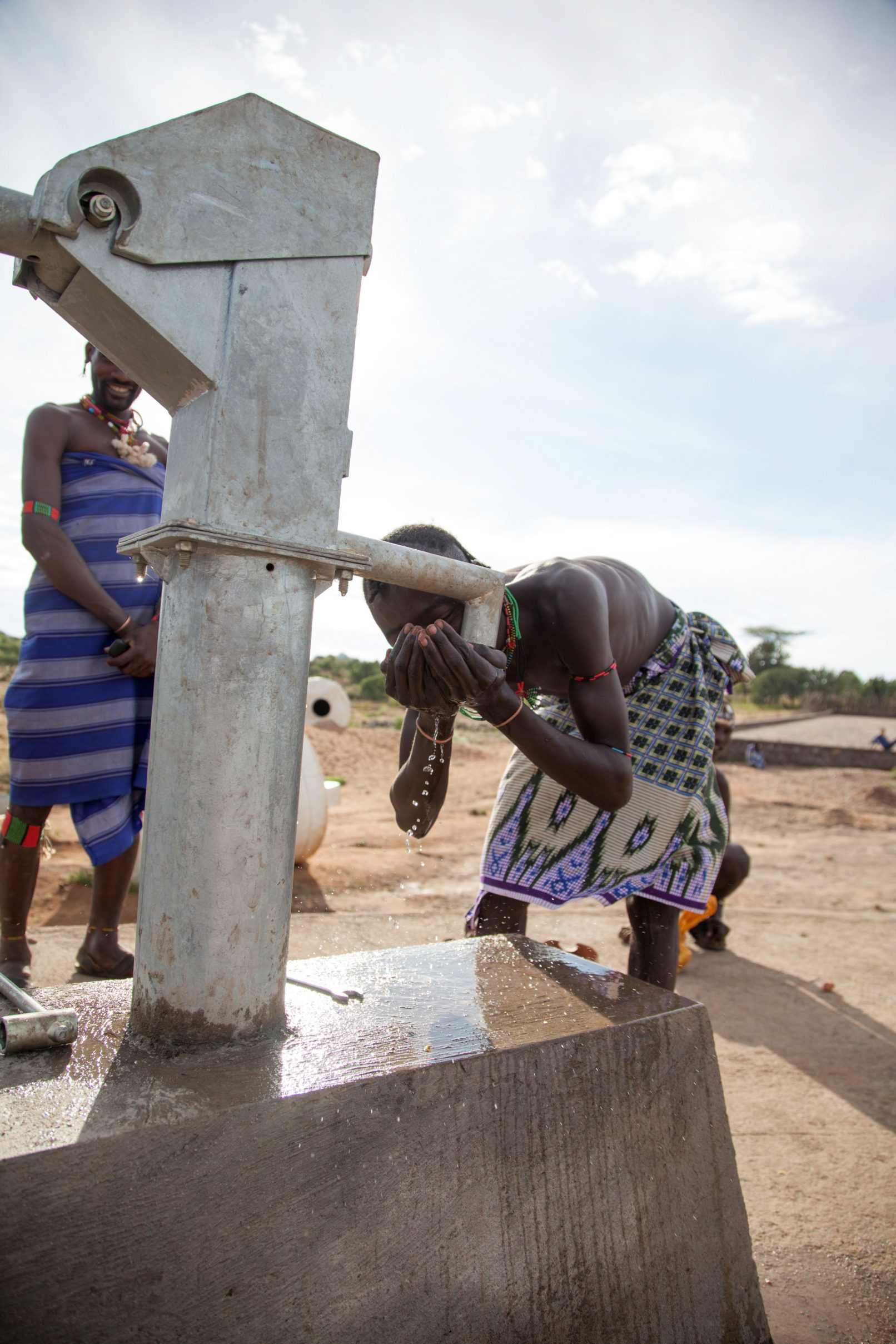
The water cistern in Zelekata.
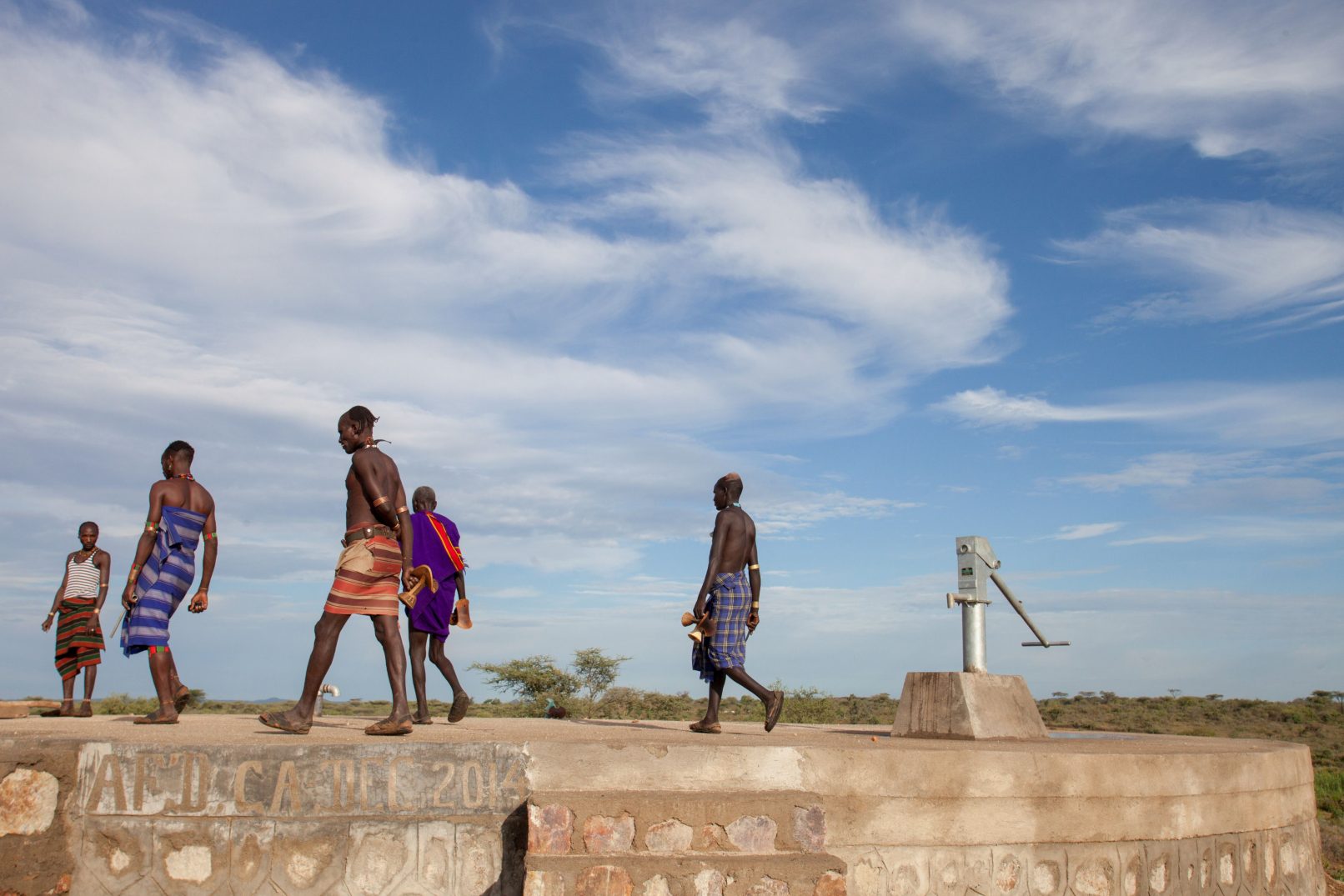
The water cistern in Zelekata.
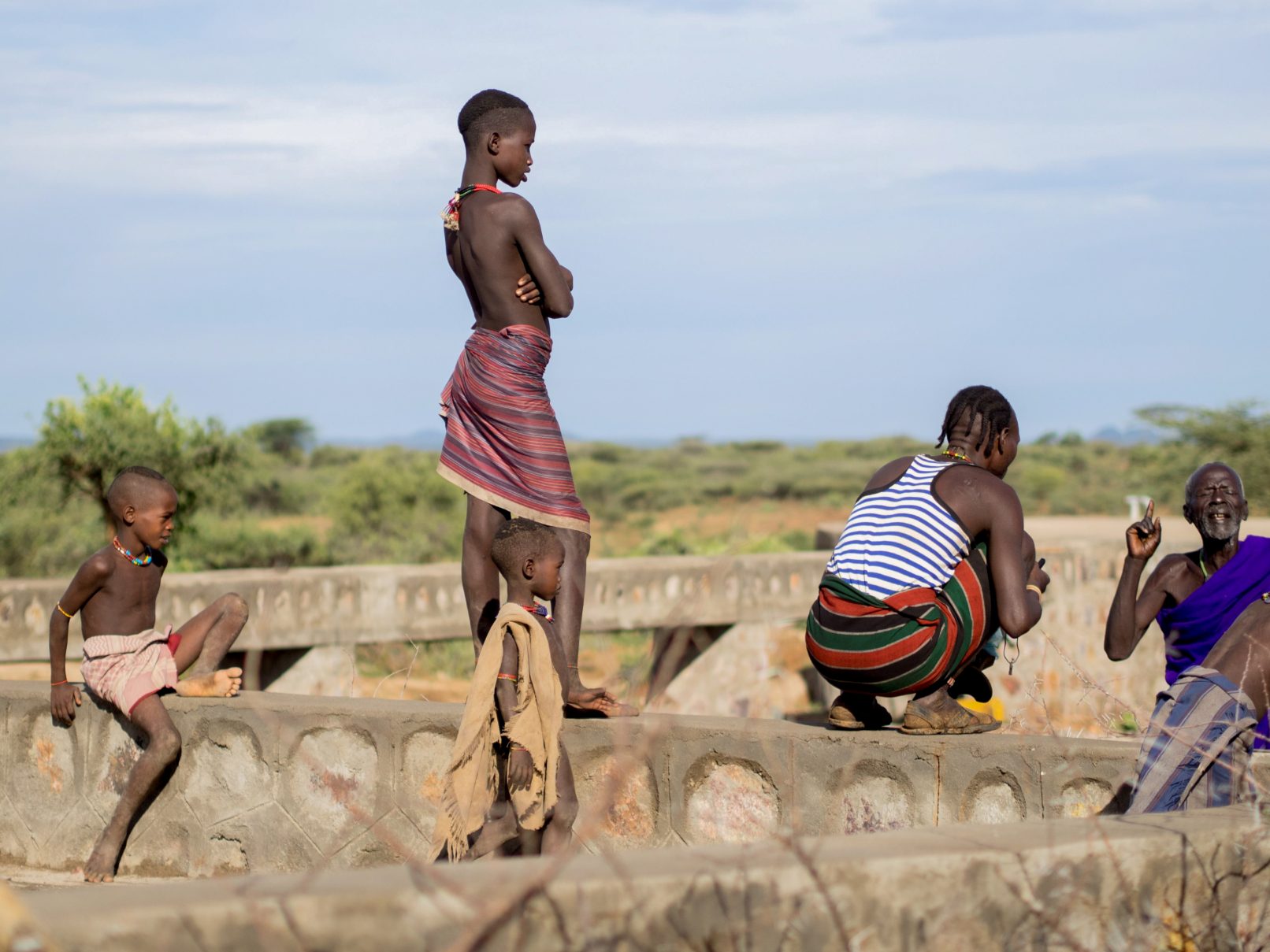
The water cistern in Zelekata.
